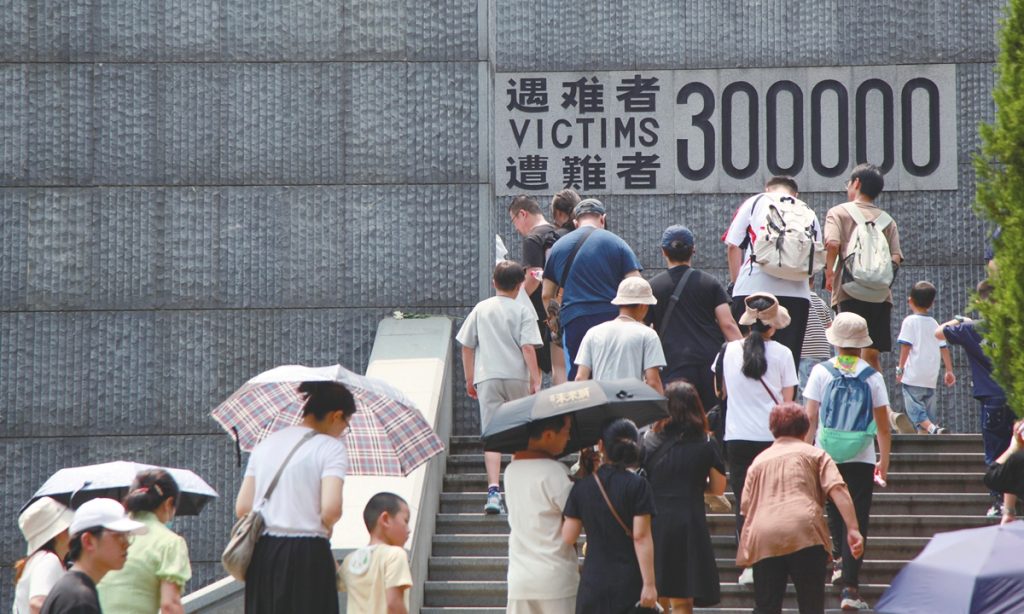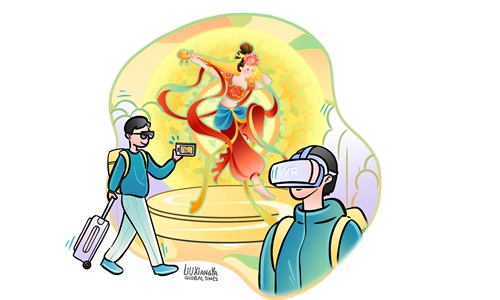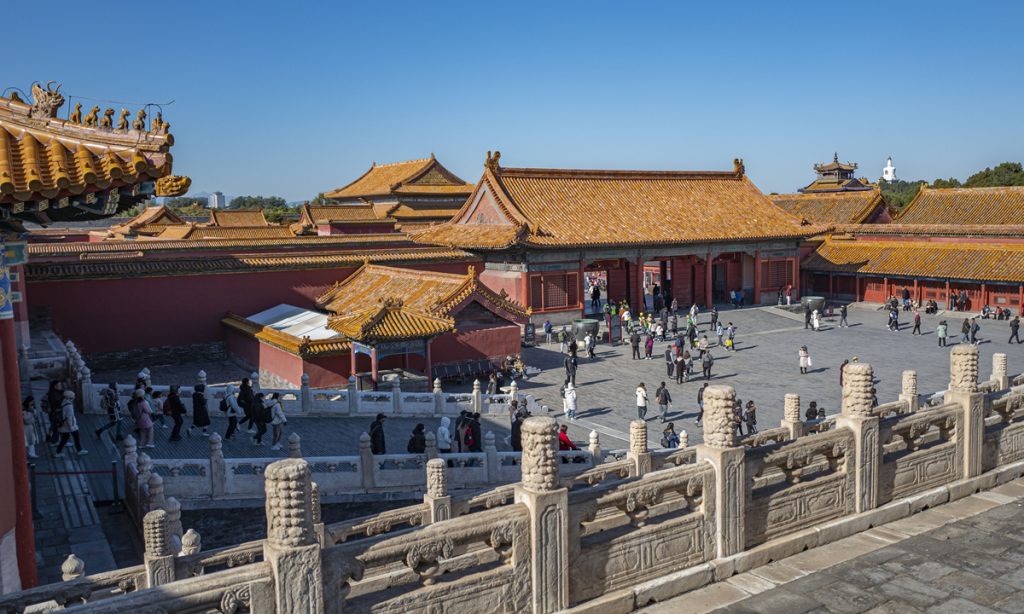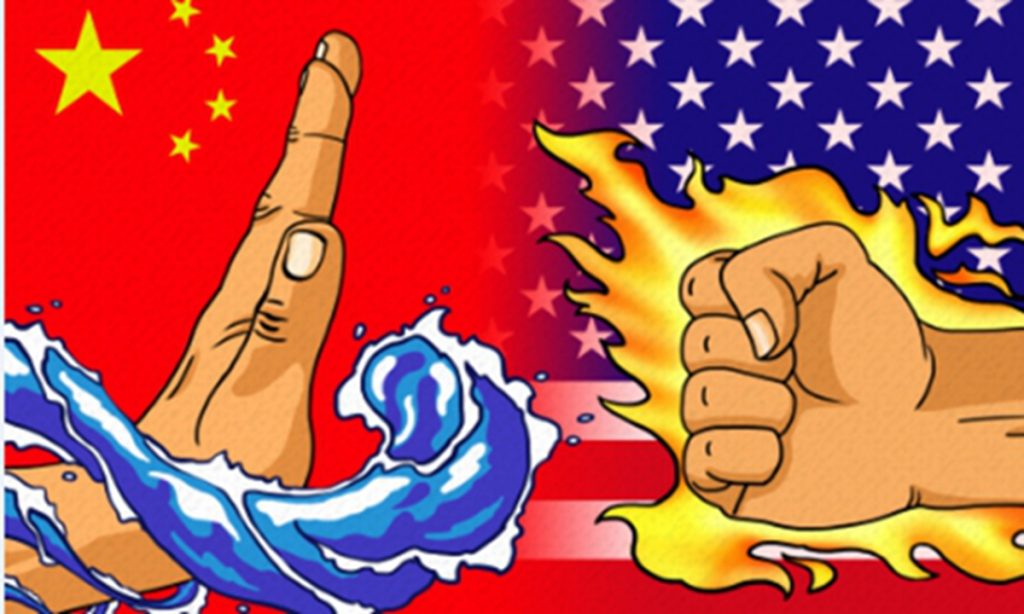Chinese tennis players off to strong start in singles

Chinese tennis players got off to a strong start at the ongoing Hangzhou Asian Games as four participants in the women's and men's singles progressed to the third round on Monday.
There are five golds on offer in the tennis events at the Hangzhou Olympic Sports Centre, attracting 11 Chinese athletes to participate. The winners of the two singles events will qualify for the 2024 Paris Olympic Games.
In the women's singles, top seed Zheng Qinwen breezed past Maralgoo Chogsomjav of Mongolia with a 6-0, 6-0 clean sweep.
Earlier, second seed Zhu Lin also marched to the third round with a straight-sets victory over Ushna Suhail of Pakistan.Zheng, who made it to the US Open quarterfinal in September, and Zhu were tipped to continue China's grip on the women's singles title since the 2006 Doha Asian Games in Qatar. However, resting only three hours after the singles match, Zheng and Zhu suffered a 6-7, 3-6 defeat to Momoko Kobori and Ayano Shimizu of Japan in the first round of the women's doubles.
In Zhu's third match of the day, she and Buyunchaokete eased past Shakhnoza Marimova and Amir Milushev of Uzbekistan 6-0, 6-0 in the mixed doubles in 43 minutes.
Liu Yu, a Beijing-based sports commentator, told the Global Times that China has fielded its strongest team for this Asian Games and the top two singles players in the men's and women's singles will fight for a spot at the Paris Olympic Games.
"Chinese players are a favorite to win the women's singles title. But playing on the home court, our players will be under enormous pressure. It's important for them to forget their world rankings, stay composed and take it one game at a time," she said.
As the women's doubles champion in 2018 Jakarta Asian Games, Yang Zhaoxuan will team up with new partner Wang Xinyu to have a crack in the women's doubles this year.
Liu Feng, head coach of the Chinese national women's tennis team, said forging the new partnership is a bold attempt to prepare for the Paris Olympic Games.
"We want to try and find the best partners for the Paris Games. Wang is skilled in serving and baseline rallies, while Yang is good at attacking the net. The Asian Games is like a trial run for this new pair," said the coach.
In the men's singles, Zhang Zhizhen coasted to a 7-5, 6-2 win over Faleh Alhogbani of Saudi Arabia.
Wu Yibing, who won the men's singles silver medal in the Jakarta Games, edged past Justin Barki of Indonesia 7-5, 6-1. The Hangzhou native has set his sights on becoming the first man from the Chinese mainland to win the singles title since the 1990 Beijing Asian Games.
Meanwhile in the men's doubles, Zhang and Wu reached the men's doubles quarterfinals after overpowering Mashari Naif and Mubarak Alharrasi of Qatar 6-3, 6-4. The Chinese duo seeks to become the first pair from the Chinese mainland to claim the men's doubles title since China's last triumph in 1990.
In addition to the men's singles and doubles, Zhang, who reached the third round at this year's French Open and US Open, also competes in the mixed doubles with Yang.
China won two golds and two silvers in tennis events at the Jakarta Games in 2018.







